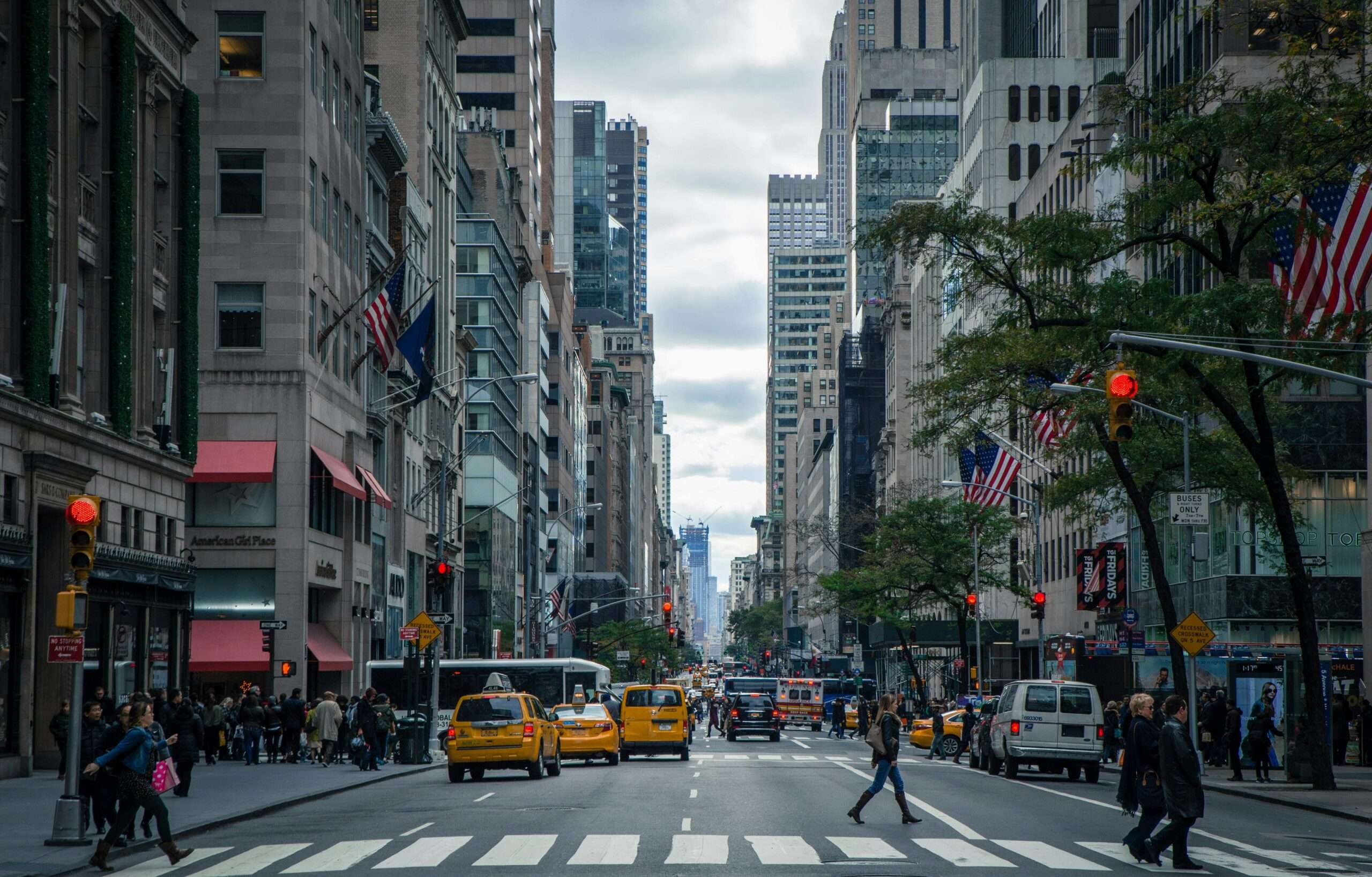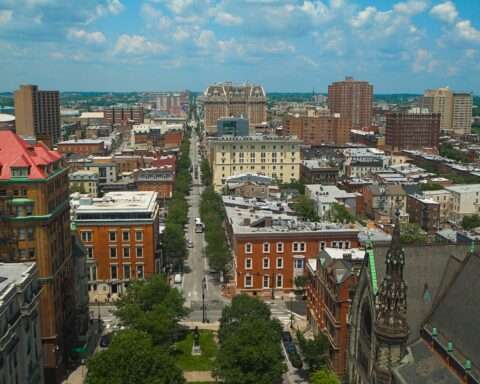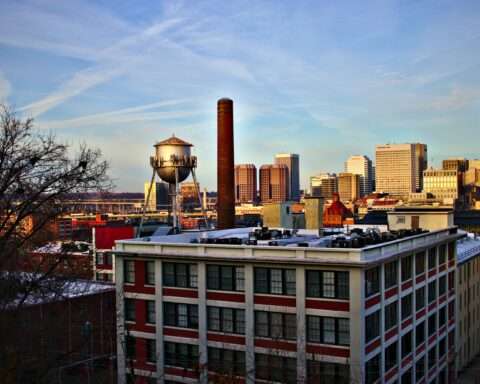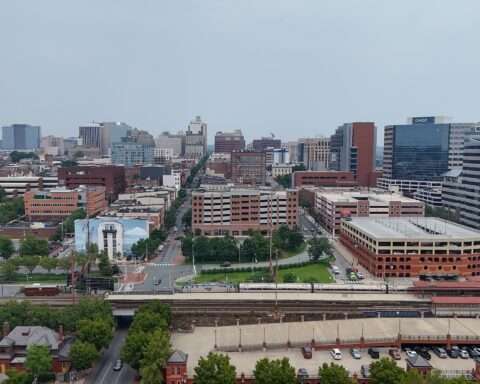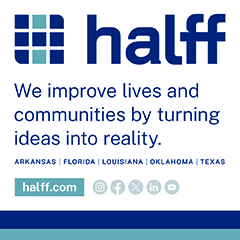New York City Mayor Eric Adams announced earlier this month a $146 million infrastructure and housing plan for the Jewel Streets neighborhood. The Jewel Streets Neighborhood Plan is expected to add 5,000 homes in addition to alleviating regional flooding. The project encompasses a broad, 12-block area that includes parts of East New York, Brooklyn, Lindenwood and Queens.
Over $146 million in public investment will support the long-term vision for the neighborhood, which includes concrete strategies to address urgent infrastructure needs, unlock housing opportunities and lay the foundation for a more resilient, connected and livable neighborhood.
The Jewel Streets Neighborhood Plan has five main goals:
- Reduce flooding now and in the future.
- Ensure residents have access to safe, resilient, and affordable homes.
- Make streets safer and better connected.
- Encourage redevelopment of vacant land with new affordable housing, stores, and open space.
- Increase access to essential businesses, jobs, and social services.
These five points will be met through a variety of infrastructure projects spearheaded by multiple New York City agencies including the Department of Environmental Planning (DEP), the Department of Transportation (DOT) and the Department of Design and Construction (DDC). The impacts will be seen in four main areas of the neighborhood: Jewel Streets, Conduit Avenue, city-owned site and Linden Boulevard.
Jewel Streets is also referred to as “the Hole” due to its sunken nature and lack of storm and sanitary sewers. These factors lead to persistent flooding and quality of life issues in the area. Conduit Avenue acts as a major road connecting the neighborhood to subway stations, Central Brooklyn and JFK Airport. However, it is dangerous to cross due to high-speed traffic, according to city officials.
The city-owned site is 17 acres of vacant land that is at a lower risk of flooding than other plots in the area. In the plan, it will be turned into 1,400 new, affordable and mixed-income homes. Linden Boulevard is a major commercial street with many vacant sites and acts as an eight-lane highway. This makes it difficult for pedestrians and cyclists to navigate. The Jewel Streets Neighborhood Plan hopes to address and alleviate each of these issues across the region. This will be achieved with infrastructure changes, safety upgrades and rezoning.
A full drainage overhaul will be completed to address chronic flooding. This widespread undertaking includes new sanitary sewers, new stormwater and sanitary pump stations, and a bluebelt system that includes new ponds and open space. To increase safety along Linden Boulevard, new traffic upgrades will be made. In 2026, corridor-wide upgrades including intersection redesigns, bus lane enhancements, and protections for cyclists and pedestrians, will be implemented.
To address the lack of affordable housing and vacant sites, a large-scale rezoning of the neighborhood is announced in the plan. This will support new housing by adding an additional 3,600 units, creating multifamily housing, and generating retail development. The rezoning will also introduce new community and retail spaces as well as incorporate green infrastructure. A restoration of the local street grid will add sidewalks, street trees, and pedestrian improvements to the newly designed area.
New York City is set to begin implementation of the Jewel Streets Neighborhood Plan immediately. An environmental review for rezoning is expected to begin with a scoping hearing by the end of 2025. This will be followed by a Uniform Land Use Review Procedure (ULURP) public review process in 2026.
As part of the Jewel Streets Neighborhood Plan, a new pilot resilient acquisitions program is being opened in the Jewel Streets. Resilient Acquisitions is a voluntary home acquisition program for New Yorkers interested in selling their high-flood-risk homes and moving. The program is coordinated by the Mayor’s Office of Climate & Environmental Justice (MOCEJ) in partnership with other City agencies. New York City is allowed to purchase high-flood-risk homes when there is
- Interested from homeowners in selling their homes and moving.
- Funding available for acquisitions.
- A long-term use for the land to protect residents and increase resilience across New York City.
With the new pilot program, the city wants to hear from homeowners to gauge if there would be interest in participating in such a program. The feedback received will be used to evaluate homeowners’ interest, determine which acquisitions are feasible, and develop strategies to fund acquisition projects. Within the program, the city also works with homeowners to navigate options to retrofit their homes as the long-term drainage plan takes shape.
All Jewel Streets owners of 1-4 family homes are eligible for the pilot program. Those wanting to hear more and submit an expression of interest form here. The interest form is not an application for the program. Tenants living in homes whose owners choose to participate in the program will be provided support services.
Photo by Nout Gons from Pexels



